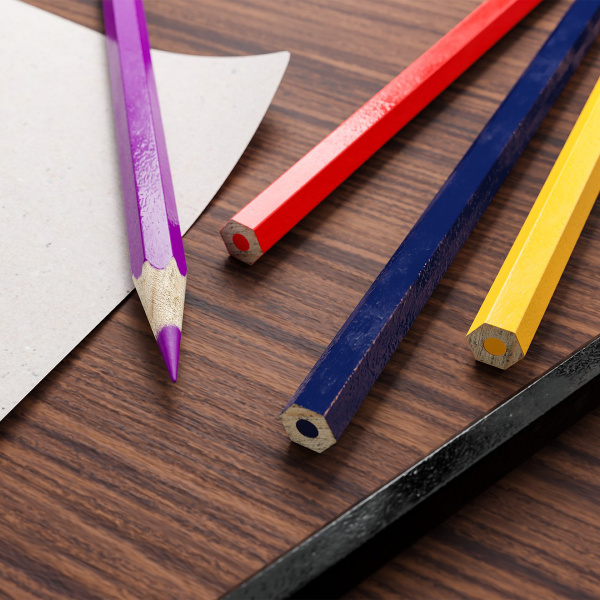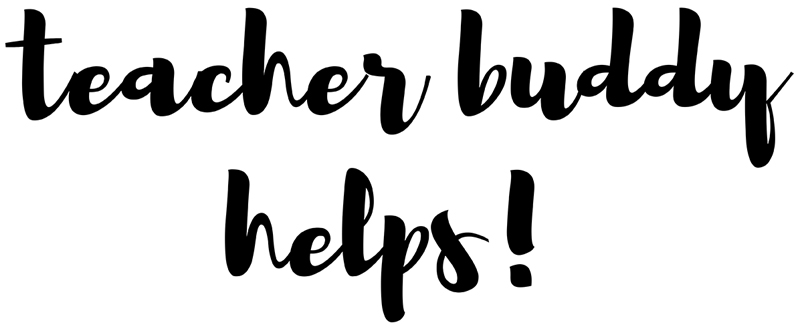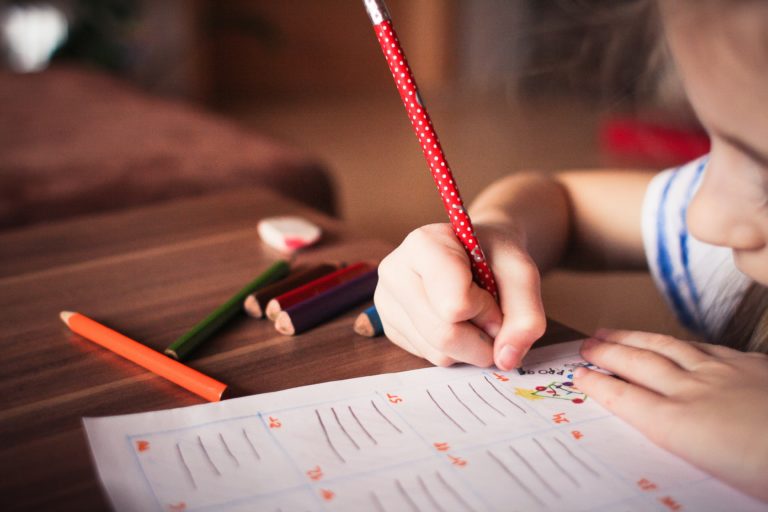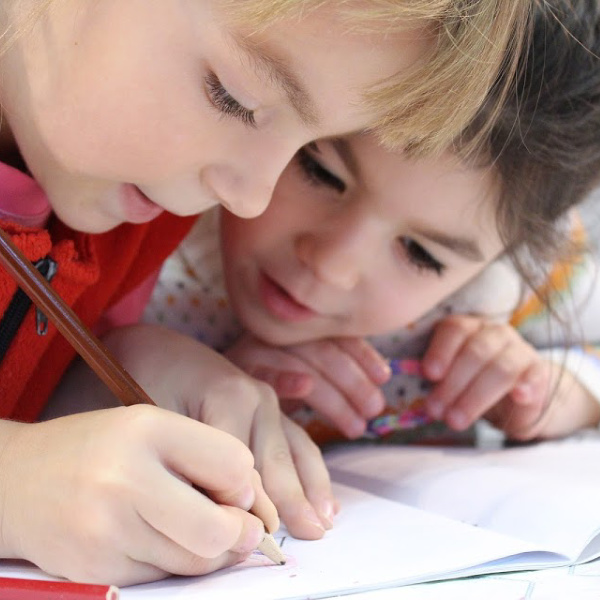5 Steps to Control behavior during group work, and keep the noise level down.
Have you ever started a lesson that has collaborative group work only to regret it a few minutes later when the students are out of control? Here are 5 Steps to control behavior during group work.
I know I have, as a matter of fact I avoided group work for quite a few years after a couple of really bad experiences.

Now, I need you to know that all my experience has been in elementary school. But I can imagine that it can be just as challenging (if not more so) in junior high and high school.
First of all, you have to resign yourself to the fact that during any type of collaborative group work, the noise level in your classroom will increase. The sweet spot is knowing when the noise is productive or not.
I want to suggest the following five steps to guide you to a more positive experience than I had in my early years. You will need to spend at least an hour going over these five steps IN DETAIL with your class before the very first collaborative group time.
Five steps to set up productive groups which will control behavior during group work.
So, here are my suggestions for five steps to set up a productive group lesson. After this quick list of five, I will explain each one in detail below.
- Have a list of group norms established ahead of time that you have discussed with the class?
- Create the groups ahead of time so that there is a balance among each group of student skills and strengths.
- Assign a VERY EXPLICIT project with a list of the deliverables expected at the end of the class period and also at the end of the activity (which might extend over a few days).
- Create a grading plan or rubric so that all students know exactly how their group (and they individually) will be graded.
- MONITOR the groups as they are working and give out rewards to the groups that are being the most cooperative and getting the most work done.
Ok, now for all the minute details.
1. Have a list of group norms
It is imperative that you list out the norms (or expectations) of the groups. I would write them on a poster to be displayed during the entire time they are working.
You should include requiring each student to speak during discussion time. Also, being polite and accepting all input should be addressed. Also staying on topic and not clowning around.
I know you have all attended meetings that have the norms listed, so you get the concept. With younger students you will need to keep it on the simpler side.
2. Create the groups ahead of time.
Each group will need to have certain jobs assigned to the group members. For example; group leader, recorder, parliamentarian,
When creating groups you need to consider each student’s strengths and weaknesses. Of
Try to have at least one high achieving student in each group. This is so they can stay focused on the task and get it completed. Of course, you want everyone participating. But the reality is that the high achieving one will be the student that takes the assignment seriously. They will keep others focused (hopefully).

3. Assign a very explicit project.
It’s imperative that students know from the onset what is expected of them; what do they need to produce? And they need to know what grades will be given (to be discussed below in #4)? If the collaborative groups are working on a large project, what tasks need to be completed by the end of each work period?
The project will run much more smoothly IF you have mapped it all out in advance. For the first time that you are doing this project, you should make an educated guess regarding what can be completed each day/period.
But the important part here is to complete something each day. Even if it’s something small like an outline or timeline. Each day needs a specific item “due.” This is to keep the project moving forward and keep the students working throughout the entire project.
I wanted to be sure to include my sign-up sheet for a FREE Classroom Routines Checklist here, just in case you need one.
**
4. Create a grading plan or rubric.
Students need to know how all their efforts will be graded. My STRONG SUGGESTION is to have both a group grade and an individual grade as well. You need to have the requirement that each student keep notes each day on what’s being discussed and decided.
Doing it this way will allow you to “give credit where credit is due” so to speak. You don’t want your “star” students to suffer because of the actions of some unmotivated classmates.
Determine everything that will be assigned a grade and establish what grading scale you will use. Is each thing getting a letter grade? Or are the components each being assigned a numerical score that is all added together at the end? Just try to establish a way for students to earn a group grade AND an individual grade.

5. Monitor the groups and give rewards
It is crucial that you monitor the groups as they are working. If the students see you busy doing something else and think that you aren’t paying attention, they will in turn start fooling around and being unproductive.
I realize it is very tempting to step over to your desk and try to work on a few things. BUT DON’T DO IT!
Walk around from group to group; provide guidance, listen to what they are discussing. Correct any misconceptions, clarify questions, redirect any students who are getting off track or goofing around.
You might want to consider a reward of some type for each group that is following directions and working through the assignment. The main goal is to control behavior during group work.
Now the hard part begins
So, now that you know the steps, the hard part is the planning. As you can see, you need to have quite a lot of prior planning to set up collaborative group work correctly.
If you work on this task a section at a time, it won’t seem so daunting. Think of what the project will be and then break it down into manageable sections with a task for each section. Keep in mind your group work can also be one thing they do for one day only (such as a group poster).
After it is all planned out, you can establish the grading rubric for the project and get that written up for the students. I would suggest having it on a poster or chart paper and also running off one for each student (if they are fourth grade on up).
Then the final things to work on are the norms, the groups and the jobs for each group (from #2 above – like recorder, leader, etc.) and what rewards you will have for groups that are working well together.
Will these steps help students behave?
Of course, you see, most of the time when students misbehave is because they aren’t being challenged, or the lesson is poorly designed.
I have a few other articles about student behavior that you might want to also read. You can access them here:
Tackling Difficult Student Behavior Issues
Minimizing or Eliminating Behavior Issues in Elementary School
Take the time needed to plan out this type of collaborative group project (down to these details) and students ABSOLUTELY know what is expected of them. And they will behave and create wonderful group projects.
Plus, don’t forget, you will be walking around and monitoring what they’re doing and will catch the misbehavior before it gets out of hand.
Here is another article on group work that I found from a fellow education blogger at “Cult of Pedagogy” called
4 Things You Don’t Know About the Jigsaw Method
Let me know if this list of 5 steps was useful. I’d love to hear what collaborative projects your students have done.
Until Next Time,
Your Teacher Buddy






